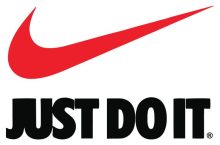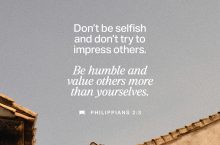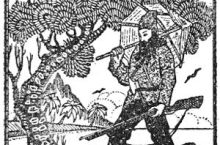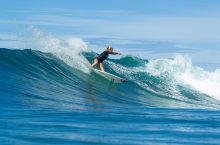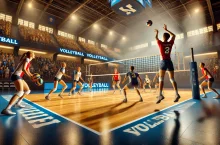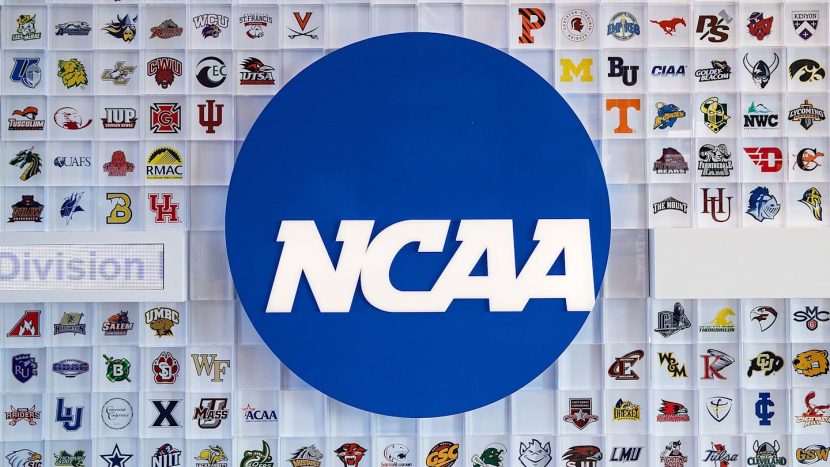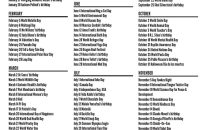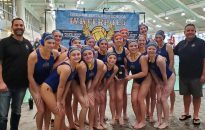Endorsement deals with pro athletes routinely use morals clauses and they have occasionally sparked legal disputes over the years, such as in 2011 when then Pittsburgh Steelers running back Rashard Mendenhall defended Osama Bin Laden on Twitter—a move that attracted widespread rebuke and cost Mendenhall an endorsement deal with HanesBrands. More recently, golfer Justin Thomas […]


Endorsement deals with pro athletes routinely use morals clauses and they have occasionally sparked legal disputes over the years, such as in 2011 when then Pittsburgh Steelers running back Rashard Mendenhall defended Osama Bin Laden on Twitter—a move that attracted widespread rebuke and cost Mendenhall an endorsement deal with HanesBrands. More recently, golfer Justin Thomas lost a deal with Ralph Lauren after uttering a homophobic remark that was captured on a live broadcast. Some of what a morals clause captures might already be prohibited by university conduct policies. However, given that the athlete is signing a business deal with their school, the school wants a direct link between that conduct and the deal.
The MOU sheds light on the less discussed other side of college sports’ likely new reality, which would come to fruition should the proposed settlement in House vs. NCAA receive final approval by a judge in April. The settlement would allow athletes to share directly in the billions they help generate, a point that has come to define discourse about the deal, but does not define what athletes would give away in return.
The document shown to Sportico was from another Big Ten institution, and was provided by a source under an agreement that the specific school not be publicized. The MOU does not include language that would prohibit an athlete from transferring after signing. It is not clear how precisely the agreement shared with Sportico matches the one between Lucas and UW; Lucas’ lawyer, Darren Heitner, declined to comment. However, two other lawyers familiar with revenue-sharing MOUs for Big Ten athletes say the language is consistent with agreements they have reviewed. A representative for the Big Ten did not immediately respond to a request for comment.
The MOU aggressively attempts to extinguish the prospect of an athlete arguing the deal reflects an employment agreement. Most directly, one clause is bluntly coined “No Employment.” It states the MOU “does not create a fiduciary relationship,” and that the athlete “acknowledges and agrees” they are not an employee and, further, “waives, “forever discharges” and agrees “not to sue the [college], NCAA [and] Conference” on the basis of them being an employee because of the MOU or by “serving as a marketing agent” as part of the deal.
Mindful that BNIL is a disputed legal topic, the MOU stipulates that if such a right exists, the college, NCAA, conference and other stakeholders “shall be deemed to have been granted a license to exercise all such rights in ‘BNIL.’” The MOU adds a subsequent section for “Broadcast” in which it states the athlete “will not contest the rights” of the college, conference, NCAA and broadcast licensees (including TV networks) from broadcasting them, including in live and classic broadcasts, and other technologies which would include streaming.
Many commentators disagree with this position, and it is being challenged in several lawsuits brought over the last year. Those lawsuits include members of the 1983 N.C. State men’s basketball championship team, a group of athletes who played for the 1997, 2008, 2011 and 2014 NCAA men’s basketball championship teams, a group of former Michigan football stars, former USC running back Reggie Bush, who is suing USC, the Pac-12 and the NCAA, and former Ohio Star quarterback Terrelle Pryor, who is suing the NCAA and the Big Ten Conference.
Drafters of the MOU faced a conceptual challenge: securing essential intellectual property and employment-like rights for a college while avoiding traps for the unwary, such as unwittingly establishing employment relationships with athletes, conceding athletes have broadcasting rights and defying NCAA amateurism rules.
At its core, the MOU is an intellectual property transaction. The school is buying a license to use the athlete’s NIL and the associated right to sublicense the athlete’s NIL to third parties. The athlete accepts they do not gain a right to royalties or additional payments in the event of a sublicense.
Although the MOU is ostensibly not about the athlete’s play, it notes the school reserves the right to “increase or decrease” payments in reflection of their performance. The MOU mentions two illustrations: the player wins a Heisman Trophy or sees their playing time reduced. Although the MOU maintains the relevance of developments concerning the “promotional value of using the Athlete’s NIL,” they are obviously linked to the athlete’s play.
In another nod to the pro sport quality of the athlete’s relationship with the school, the MOU features a morals clause. The clause bars the athlete from engaging in conduct that harms their image or that of their school, conference or the NCAA.
The seven-page memorandum of understanding includes language that says schools will be reimbursed for some revenue already paid should an athlete transfer to a different school–or even enter the transfer portal–and allows the school to adjust the payment up or down as a reflection of the athlete’s performance. The MOU contains a morals clause; requires the athlete to be in good academic standing to be eligible to receive payments; and explicitly asserts the agreement is not “pay-for-play,” leaving the door open for the deal to be terminated without further payment should the laws change.
The linkage between play and NIL is also apparent in how the MOU addresses a player transferring. The school agrees to “take reasonable steps not to actively use the Athlete’s NIL” after the athlete plays for another team. The school, however, stresses it can “sell-off” products with the athlete’s NIL and reserves the right to use the NIL for archival purposes and historical signage.
Big Ten schools are asking athletes to sign over their NIL rights, permit universities to sublicense the rights to “any and all third parties,” and surrender any legal claim to employee status as part of the planned revenue-sharing structure, according to a copy of an agreement that was viewed by Sportico.
The MOU walks a tightrope in several sections.
Schools, conferences, athletes and lawyers are all currently navigating that question. The settlement would allow schools to initially share up to .5 million per year with their athletes, a number set to grow over the course of that 10-year agreement. In return, Big Ten schools appear to be seeking protection from future lawsuits, open rights to use athlete NIL in a variety of commercial arrangements and financial concessions should athletes leave.
It establishes that the parties are signing an enforceable business contract, with consideration (which in contract law means a bargained for exchange) and mutual promises as part of a monetary exchange. The language is in stark contrast to longtime NCAA agreements that eschewed business phraseology for amateurism-coded verbiage, such as the national letter of intent which referred to athletics aid and education records. (Notably, the agreement does not use the term “student-athlete,” which served as the preferred moniker of the NCAA and schools for decades.)
In recent days, controversy has swirled around former Wisconsin player Xavier Lucas and his revenue-sharing agreement with the school. Lucas has attempted the unprecedented move of transferring to another institution (Miami) without having first received permission to enter the transfer portal by his previous school. On Saturday, Wisconsin released a statement confirming the existence of what it called a “binding two-year NIL agreement” it has with Lucas, and suggesting it may take legal action against both the player and Miami for alleged tampering. The Big Ten issued its own public comment saying that it supported Wisconsin’s efforts to enforce its “contractual agreement” in light of “information suggesting tampering and contract interference” by Miami.
To date, schools have consistently rejected public records requests for even blank or redacted versions of these agreements. Just last week, Wisconsin justified its refusal to release its records by claiming such a disclosure would do competitive harm to the university and, by virtue, the state.
(The fourth paragraph has been corrected to say that it was Wisconsin that released a statement confirming the existence of what it called a “binding two-year NIL agreement” with former Wisconsin player Xavier Lucas.)
The main NIL concession gives schools a license to use an athlete’s “name, nickname, pseudonym, voice, signature, caricature, likeness, image, picture, portrait, quotes, statements, writings, identifiable biographical information, other identifiable features, and any other indicia of personal identity” such as jersey number or social media handle, according to the document. Those rights can be sublicensed to the Big Ten, NCAA or any other third party, and continue after an athlete is no longer at the school, though not for use to sell goods and services. (Athletes can continue to enter personal NIL deals outside this agreement, but those deals must comply with the revenue-sharing MOU and must be reported to the school).
One of the more intriguing features of the MOU is how it tackles broadcast NIL or BNIL, a term players’ attorneys in House have asserted to reflect broadcast revenue for televised college games and forgone appearances in college sports video games that were never made. The MOU requires the athlete to “acknowledge and agree” that the school “denies” any existence of BNIL as a right. This position is consistent with the NCAA’s argument, which the U.S. Court of Appeals for the Sixth Circuit accepted in Marshall v. ESPN (2016), that college players lack a publicity right in the broadcasts or rebroadcasts of their games.
Finally, in the event of a dispute arising, the MOU calls for a resolution process that requires one party to first provide written notice to the other, then allow for “an opportunity to cure” within 10 days. Failing that, the sides are compelled to enter into “good faith negotiations” for an additional 20 days, after which they are “free to commence a legal proceeding in a court of competent jurisdiction.”
Separately, it establishes a set of “representations, warranties and covenants” that includes the seemingly contradictory promise the athlete “will not make … any similar commitment to enroll at and/or compete in athletics for another college or university.”
Up until now, licensing and NIL rights have not been part of the grant-in-aid agreements athletes enter into with universities.
The prospect of player transfer is also contemplated in an MOU section on rights and duties. The school can demand the athlete “reimburse” the school for a prorated portion of NIL payments based on when the athlete transferred. This claw-back provision could deter athletes from transferring, much like a non-compete clause can punish an employee if they quit and join a rival.
